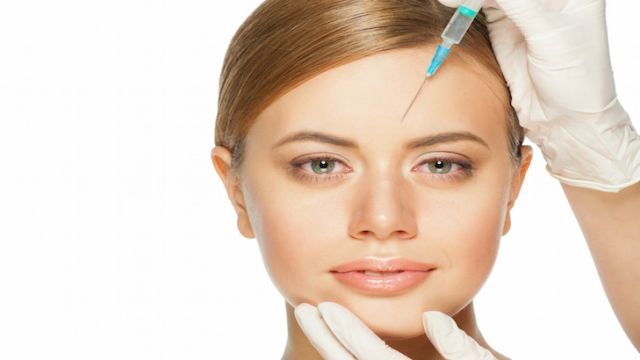
While Botox is best known for temporarily getting rid of lines and wrinkles, it’s an important medication for treating other conditions, and researchers are finding more uses for it all the time. Botox seems synonymous with a fake, “frozen” look on people using it to erase the years, but it’s actually a natural substance.
It’s good to keep in mind that natural doesn’t necessarily mean “safe.” The bacterium made into Botox is one of the most toxic on the planet. The deadly disease botulism results from infection with this toxin. In rare cases, people have developed botulism from Botox treatment.
Botox
Botox is the brand name of a drug containing botulinum toxin, created from the bacterium Clostridium botulinum. Its generic name is onabotulinumtoxin A. This organism is commonly found in soil. Botox works by temporarily paralyzing the muscles into which it is injected.
Chronic migraines
Botox is prescribed for those severely affected by migraines. It’s not approved for use in people who suffer fewer than 14 such headache days monthly. It’s only approved by the US Food and Drug Administration (FDA) for adults with 15 or more migraines each month — at least half of their daily lives. Such headaches must last a minimum of four hours each — a huge amount of time spent incapacitated by migraines.
Obesity
A small study conducted by Norwegian researchers indicates that internal Botox injections may help morbidly obese people lose weight. Although the study consisted of just 20 individuals, 75 percent of them lost significant amounts of weight after three internal injections of Botox into the lower part of the stomach over a one-year period.
Arthritis
Participants in various studies have noted arthritis pain relief after Botox treatments. It works by blocking certain chemical signals between the brain and the nerves, reducing pain. In studies done on knee pain, Botox paralyzes the muscle into which it is injected, targeting the joint’s pain nerves. Other muscles in the knee area aren’t affected. Patients continue to strengthen those unaffected muscles through exercise.
Underarm sweating
Few things ruin a social life — and clothing — like serious underarm sweating. Botox injected directly into the armpits of those suffering from severe underarm sweating alleviates the condition.
Overactive bladder and incontinence
Patients dealing with overactive bladder or urinary incontinence may find help through Botox. The medication reduces leakage incidents for those treated with the drug.
Peripheral neuropathy and cancer patients
Patients undergoing chemotherapy with the drugs cisplatin, carboplatin and oxaliplatin might develop painful peripheral neuropathy, a condition resulting from nerve damage affecting nerves in the bladder and bowels, along with leg and arm movements. Botox injections can relieve this nerve pain.
Sexual health
Botox may help the sex lives of both men and women. In women, vaginismus — involuntary vaginal muscle spasms — makes penetration difficult or impossible. Small studies in which Botox is injected into the walls of the vaginal canal show promise by reducing chronic muscle contraction.
Among males, premature ejaculation is the most common sexual dysfunction, with nearly one-third affected at some time in their lives. A study in rats treated with Botox may pave the way for treatment in men. In rats, Botox was injected right into the bulbospongiosus muscle in two groups of rats who received different doses. A control group received a saline solution injection. Researchers found the placebo didn’t affect rodent ejaculation time, but rats receiving Botox — at the higher or lower dose — took much longer to ejaculate. No sexual performance issues were apparent.
Clinical trials in men are underway at the National Institutes of Health.
Dystonia
Patients diagnosed with dystonia, or involuntary muscle movement, may benefit from Botox injections.
Limb spasticity
Botox is approved by the FDA for use in adults with arm or leg spasticity.
Eye muscle problems
Botox was originally approved by the FDA in 1989 to treat two eye muscle disorders. Strabismus causes problems in focusing, as the eye muscles do not line up in the same direction. Blepharospasm results in constant eyelid spasms.
Side effects
Botox can cause serious, even fatal, side effects. If you use Botox, call your doctor immediately if you experience any of the following:
- Drooping eyelid
- Vision issues
- Breathing difficulties
- Weakness
- Bladder control loss
- Trouble speaking
Patients may experience reactions at the injection sites.
If you suffer from any of these disorders, discuss Botox use with your doctor. Some of these uses are still preliminary and not yet approved for use in patients.
—Jane Meggitt

